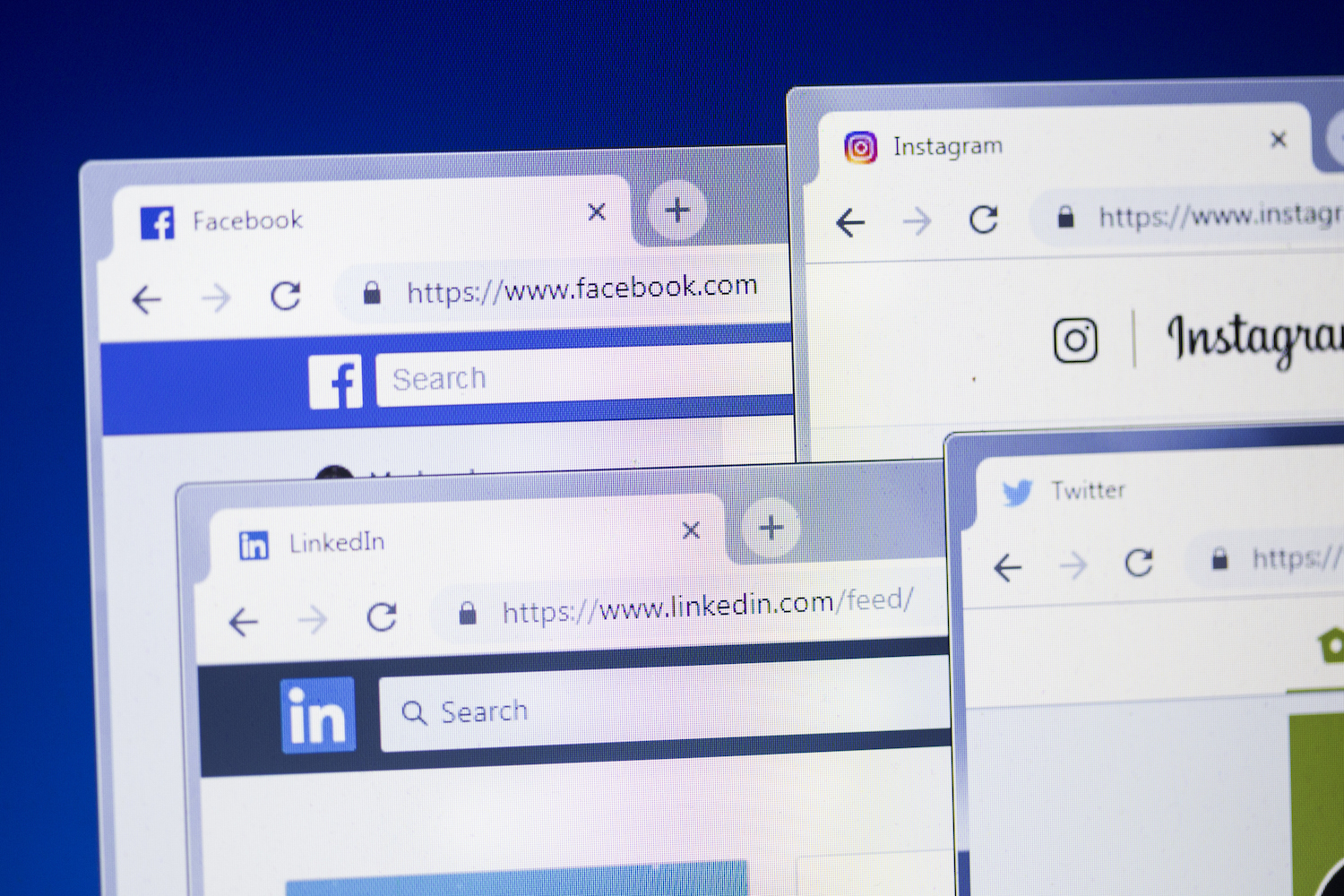In the fast-paced world of adtech, even small glitches can quickly cost businesses tens of thousands of dollars.
Nobody knows the struggle better than Browsi, an AI-driven adtech solution that helps publishers optimize and predict ad viewability. Browsi collects HALF A BILLION events per day, and at that scale, they weren’t managing to find critical incidents fast enough.
See the journey that led Browsi to Anodot and how they use Autonomous Analytics to detect critical incidents faster and more efficiently:
Learn More: Read Browsi’s Case Study
Browsi’s primary goal is to keep viewability intact, and guarantee their publishers an ad viewability rate upwards of 70 to 80 percent.
“So once that drops even 10 percent, we want to be alerted immediately of that … Has that traffic decreased because of an error? Or a drop in our tag or our technology doesn’t work the way we expect it to?” according to Browsi product manager Asaf Shamly. “We’re trying to always distinguish between a trend or actual errors or fundamental issues in the way that Browsi works.”
Before Anodot, Browsi tried to build an in-house solution to detect anomalies in their traffic.
Data Scientist and BI Team Lead Allon Hammer said, “We built some tools that did aggregation on an hourly basis…and this was very unscalable and a non-robust process.”
With Anodot, Browsi is now able to leverage all of the company’s accumulated data, create alerts only when they are truly needed, and save employees valuable time and money so that they can direct their energies towards optimizing their software and expanding their business.
“We use [Anodot] not only alerts, and for monitoring, we use it for actual feature testing, a/b testing to see how things work and fine-tune it,” according to VP R&D Shauli Mizrahy. “Without that, it would be pretty hard to publish all the things that we do. We would pretty much have to improvise.”
“So I can’t imagine myself as a VP R&D, without a tool like Anodot … it lets me sleep at night without worrying.




